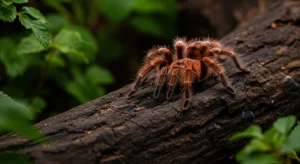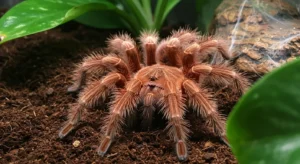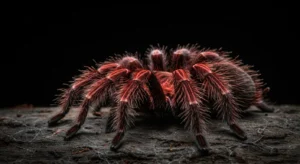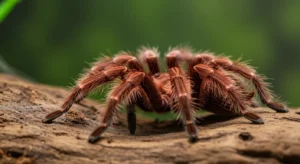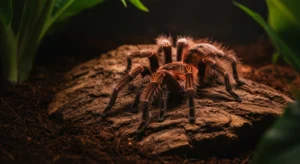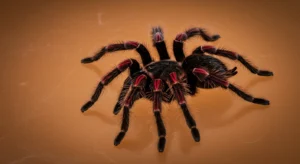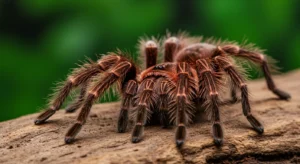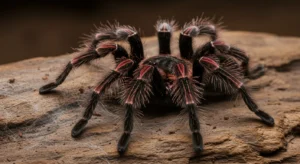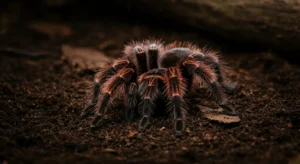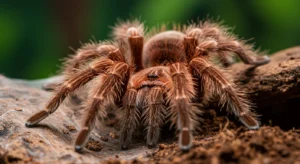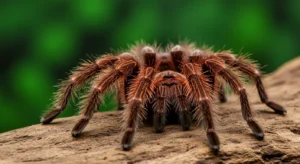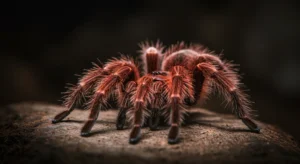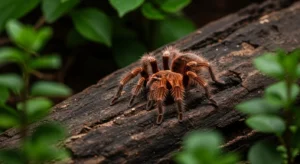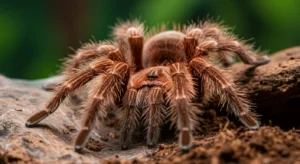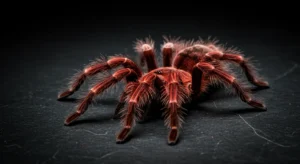What is a Grammostola rosea?
Introduction: The Classic Beginner Tarantula
The Grammostola rosea, commonly known as the Chilean Rose Tarantula or Chilean Fire Tarantula, is one of the most popular and widely kept tarantula species in the pet trade. Renowned for its generally docile temperament, hardiness, and relatively simple care requirements, it has long been a staple recommendation for first-time tarantula owners.
However, the name “Grammostola rosea” often encompasses what is now frequently considered a separate, though closely related, species or color form: Grammostola porteri. For simplicity in the hobby, both are often still referred to as Chilean Roses. Understanding the Chilean rose tarantula basic care needs is essential for any keeper.
Taxonomy and Naming
The classification of Chilean Rose tarantulas has been subject to debate among taxonomists. Historically, Grammostola rosea was the accepted name. More recently, many specimens in the pet trade previously identified as G. rosea are now often classified as Grammostola porteri based on subtle morphological differences and typical coloration (Wikipedia contributors, 2023).
- Genus: Grammostola
- Species: Traditionally rosea, now often distinguished as rosea (Red Color Form – RCF) and porteri (Normal Color Form – NCF).
- Common Names: Chilean Rose, Chilean Common Tarantula, Chilean Fire Tarantula, Chilean Rose Hair Tarantula.
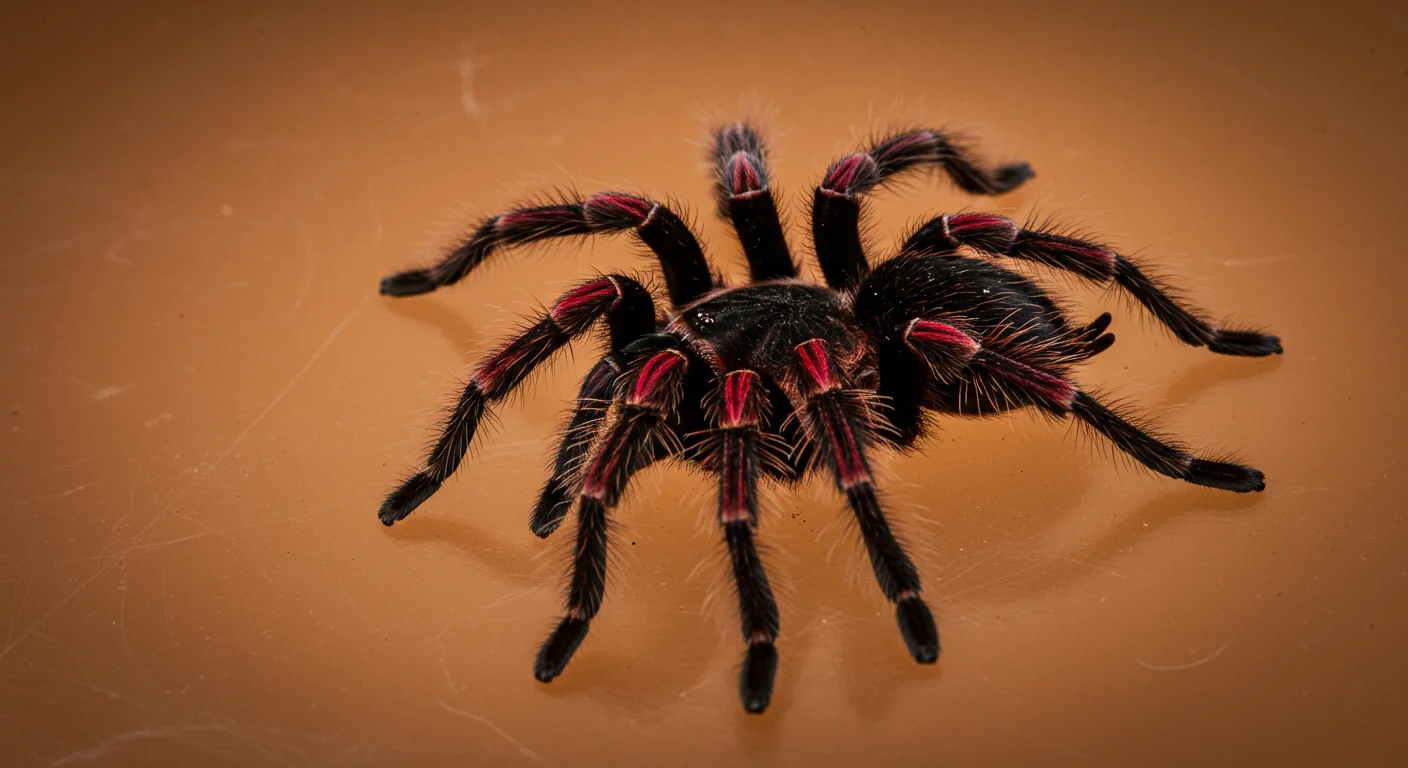
Physical Appearance
Chilean Rose tarantulas are medium-to-large terrestrial spiders.
- Size: Adults typically reach a diagonal leg span (DLS) of 4.5 to 5.5 inches (approx. 11-14 cm).
- Coloration: This varies.
- G. porteri (NCF): Usually a uniform brown or greyish-brown body with lighter pinkish or tan hairs. The carapace is often a lighter tan/brown.
- G. rosea (RCF): Often displays a more vibrant reddish or coppery carapace and sometimes reddish hairs on the abdomen and legs, leading to the “Chilean Fire” name.
- Build: They have a robust, somewhat stocky build typical of the Grammostola genus.
The distinction based purely on color can be unreliable, as variations exist within both forms.
Natural Habitat and Origin
As their name suggests, these tarantulas originate from Chile. They are also found in neighboring regions of Argentina and Bolivia.
- Environment: They inhabit scrublands, grasslands, and desert outskirts. These areas experience distinct temperature fluctuations between day and night and between seasons.
- Behavior in Wild: They are primarily terrestrial, often dwelling in burrows (either self-dug or abandoned rodent burrows) to escape temperature extremes and predators. Exploring the details of the Grammostola rosea natural habitat helps in replicating suitable captive conditions.
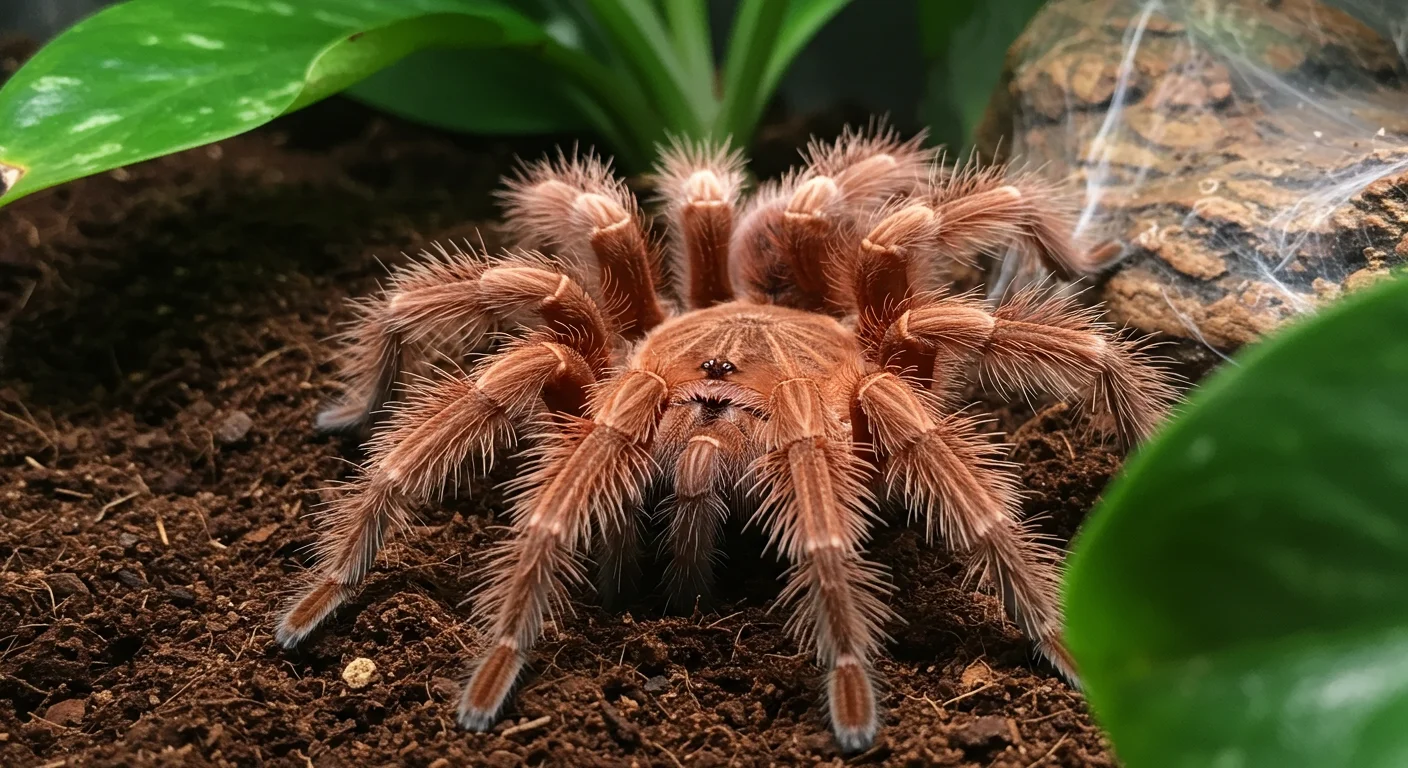
Temperament and Behavior
Grammostola rosea/porteri are generally known for being calm and slow-moving, making them less intimidating for beginners compared to faster or more defensive species.
- Docile Nature: Most individuals are reluctant to bite and are not typically aggressive.
- Defense Mechanism: When threatened, their primary defense is often flicking urticating hairs from their abdomen. These hairs can cause itching and irritation if they contact skin or eyes. Biting is usually a last resort.
- Activity Level: They are often quite inactive, sitting in one spot for long periods, especially if content in their environment. They can also go through long fasting periods, sometimes lasting months, particularly mature males or females in pre-molt.
Individuality Matters: While generally docile, individual tarantulas can have different personalities. Some may be more skittish or defensive than others.
Basic Care Requirements
Their reputation as beginner tarantulas stems from their tolerance for minor husbandry variations, though proper care is always essential.
- Enclosure: A terrestrial setup (longer/wider than tall) like a 5-10 gallon tank for adults.
- Substrate: Peat moss, coconut fiber, or specialized invertebrate substrate, deep enough for burrowing if desired.
- Temperature: Room temperature is often sufficient (70-80°F or 21-27°C). No supplemental heating is usually needed unless the room is very cold.
- Humidity: Relatively low humidity (60-70%). A water dish and occasional light misting or overflow of the dish is usually adequate. Good ventilation is crucial.
- Diet: Crickets, roaches, mealworms appropriate to the tarantula’s size.
In conclusion, the Grammostola rosea (and its close relative/form G. porteri) is a hardy, generally calm tarantula native to South America, widely favored in the pet hobby for its manageable size, ease of care, and docile disposition, making it a cornerstone species for introducing enthusiasts to the world of tarantula keeping.
